Top 10 International Points Scorers (Tier 1)

10) Michael Lynagh – 911 points
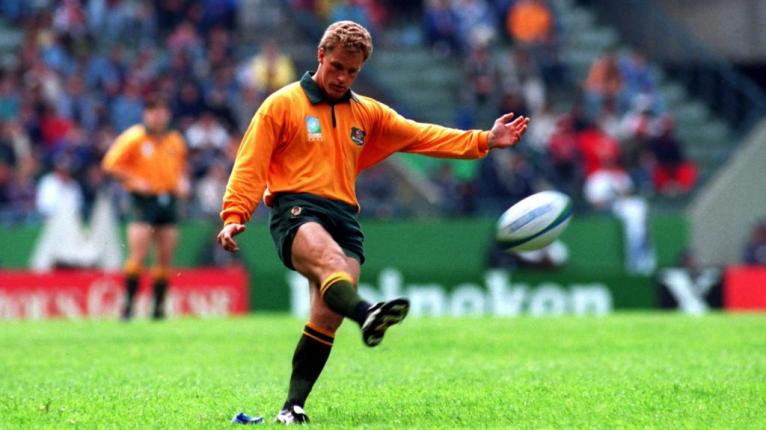
Nowadays known as the dad of Louis Lynagh, the silver-haired parent used to be known as one of the greatest players on the planet.
Michael Lynagh was known for his phenomenal tactical play as well as his incredible kicking talents. It was these abilities that helped his national side Australia clinch the 1991 world cup.
Queensland was where he spent a large part of his career. It was only once retiring from international rugby in 1995 that Lynagh travelled to the Northern Hemisphere to have stints with both Benetton Treviso and Saracens.
9) Andrew Mehrtens – 967 points

Prior to the great Daniel Carter, Andrew Mehrtens was argued by some to be the greatest fly-half ever produced by New Zealand. He had incredible skill, vision, pinpoint accurate kicking, and appeared to make those long accurate passes look easy.
Mehrtens had plenty of stiff competition, not least from the likes of Carlos Spencer in his prime, and later from Dan Carter. Despite the incredibly talented players vying for his position, he held on with a steel grip and achieved almost a millennium of points for his country.
A fan favourite, Mehrtens played for some fantastic teams over the years. Predominantly at The Crusaders, he also had a spell over at the colourful English side Harlequins, before heading over the English Channel to France. It was here he would turn out for big hitters Toulon and Racing Metro 92, before finally finishing off his long and successful career in the French second division with Beziers.
8) Stephen Jones – 970 points
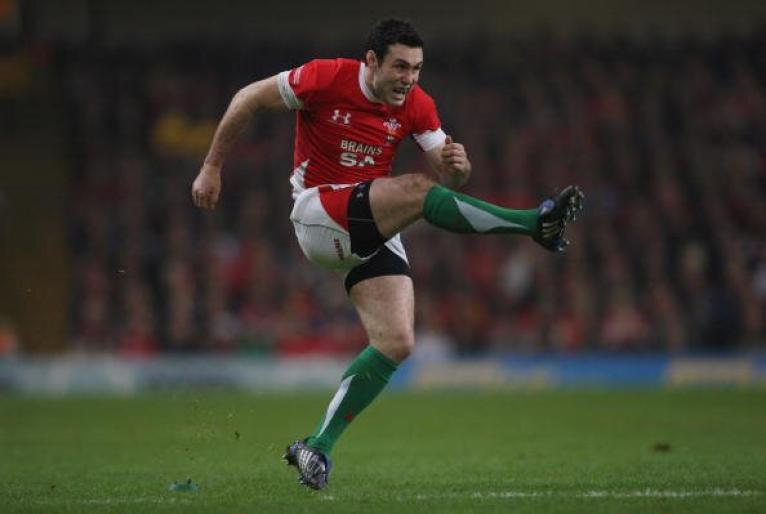
After years of benefiting from the boot of Neil Jenkins, Welsh fans were stuck wondering what their beloved side was going to do once he retired. They needed not worry though as the incredibly talented Stephen Jones was next along the pipeline to orchestrate Wales into one of its finest-ever eras.
Jones spent the majority of his career playing for the Llanelli Scarlets, which is where he honed the skills we saw on the international stage.
Despite having many world-class fly halves to compete with, the former captain largely kept hold of his international starting jersey and went on to achieve over 100 caps.
7) Diego Dominguez – 970 points
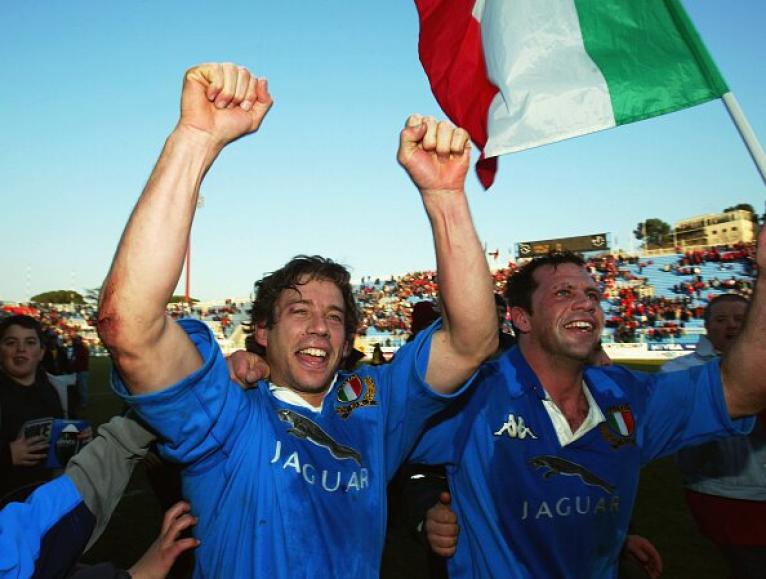
Italy have always struggled to find a suitable fly-half to fill the role that Diego Dominquez left. Arguably Italy’s greatest-ever fly-half, and one of their greatest-ever players, Dominquez was ruthless from the boot achieving an average of 13.29 points per game.
It was not Italy that Dominguez started his international time with though, he was born in Córdoba, Argentina. It was here that the little magician learned his trade, and in 1989 he made his Argentinian debut in games against Chile and Paraguay.
After moving around, Dominquez settled in the Italian city of Milan, the country his grandmother was from. It was through this connection that he was able to turn out for the Azzuri. As a result, he helped bring Italy from world rugby minnows to a Tier 1 nation and into the Six Nations.
6) Johnny Sexton – 1011 points
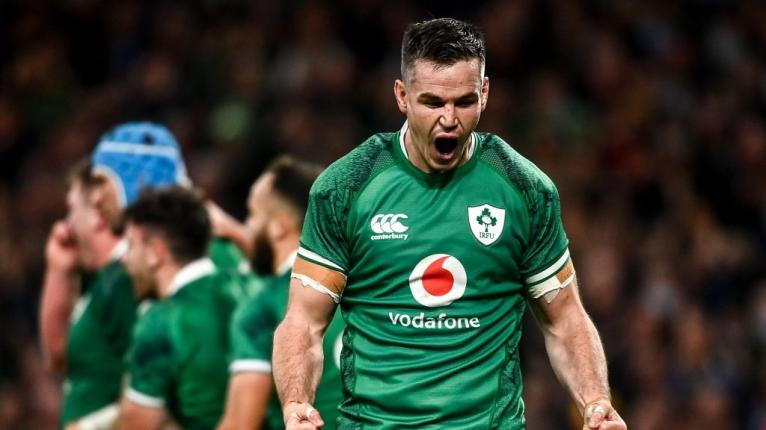
Having come through as Ronan O’Gara’s understudy, there was plenty to be excited about when it came to the young Johnny Sexton. The first part of his international career saw a feisty battle between the two players, both playing for rival Irish teams and both fighting for the same shirt in the national side.
Eventually the younger Sexton won the starting birth over the aging O’Gara, leading to well over a decade of unmatched dominance from the Leinster playmaker. Having won the World Rugby Player of the Year in 2018, Sexton has gone on to establish himself as one of Ireland’s finest-ever players.
Despite being 38 when the 2023 world cup comes around, there will be very few who would bet against the Dublin man overtaking his former rival.
5) Ronan O’Gara – 1083 points
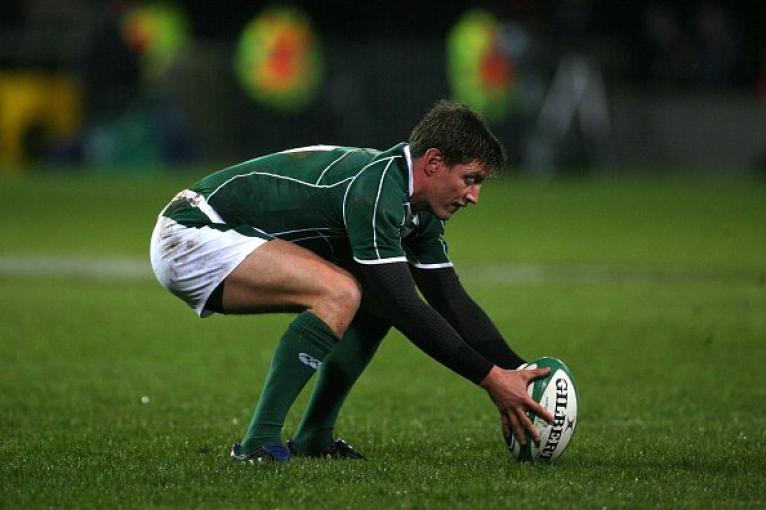
One of the feistiest, most intelligent, and most talented fly-halves of all time, O’Gara is a true leader on and off the field.
O’Gara spent his entire professional career playing for Munster, teaming up in a lethal half-back partnership with scrum-half, Peter Stringer.
Despite an initial tug of the Irish number ten shirt between himself and David Humphries, O’Gara went on to win 128 international caps and appear on three British and Irish Lions tours.
Fly-half is probably the most complicated and intense position on the field, but O’Gara was able to read the game like so few others. It was this incredible game management that kept him without serious opposition for the shirt for so many years.
4) Neil Jenkins – 1090 points
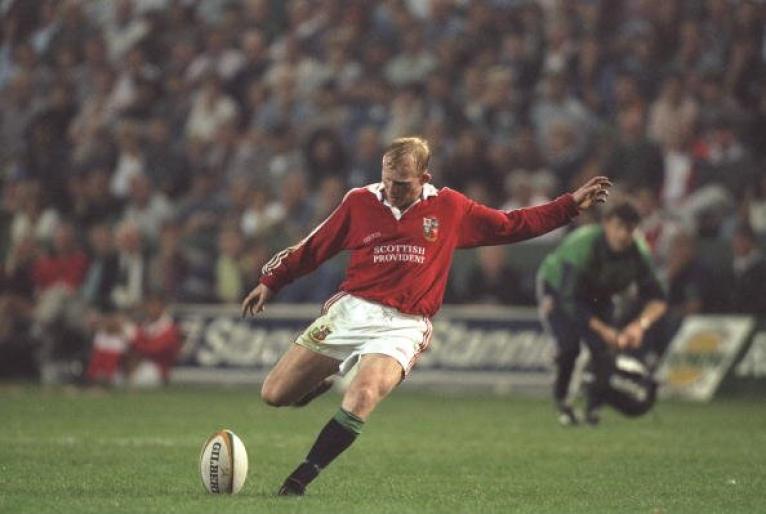
Jenkins had one of the most accurate boots in world rugby during his playing days, notching over 1000 points for Wales.
Despite his obvious talents from the boot, it was not an easy start to international life for the legendary fly-half. Wales have always had the luxury of world-class number tens in their side, so Jenkins had a lot to live up to.
In previous years the Welsh were fortunate enough to experience players such as Barry John, Phil Bennett, and Cliff Morgan in the heydays of the men in red. So, when Jenkins stepped up it was noted that he was missing certain aspects of his game.
With this, under the tutelage of Graham Henry, Jenkins went on to develop his tackling, passing, and running skills to become one of the finest ever fly-halves in world rugby.
3) Owen Farrell – 1114 points

Criminally underrated, Owen Farrell has established himself as one of the greatest players to have ever pulled on the white jersey of England.
Primarily deployed as a fly-half for club side Saracens, England has used Farrell more recently as a playmaking inside-centre. The idea is that this allows for more attacking-minded players like George Ford and Marcus Smith to benefit from Farrell’s tactical nouse on their outside.
The son of rugby league legend Andy Farrell, Owen is known for his pinpoint accurate kicking displays from the tee and his thorough knowledge of the game.
2) Jonny Wilkinson – 1246 points
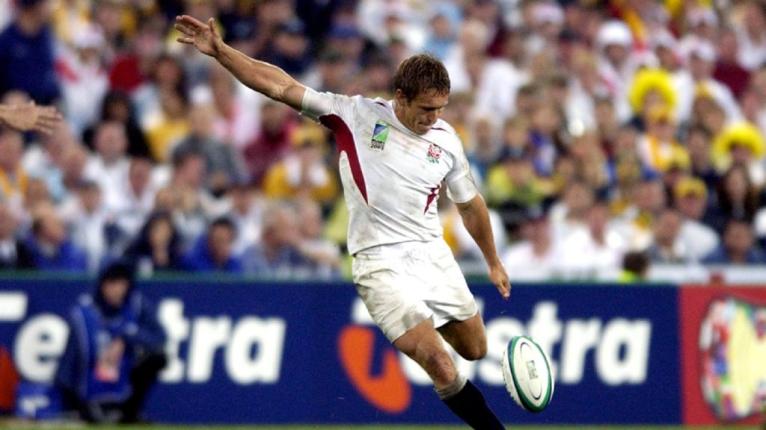
Known for his dedicated work rate, leadership skills, and incredible kicking abilities, Wilkinson personified the position of fly-half.
Due to his exploits in the 2003 Rugby World Cup, Wilkinson inspired a whole generation of young English rugby players.
Retiring in 2014 Wilkinson ended his career with an English Premiership Rugby title, a Top 14 title, two Heineken Champions Cups, a Rugby World Cup, and multiple Six Nations Championships, all alongside a plethora of individual honours.
1) Dan Carter – 1598 points
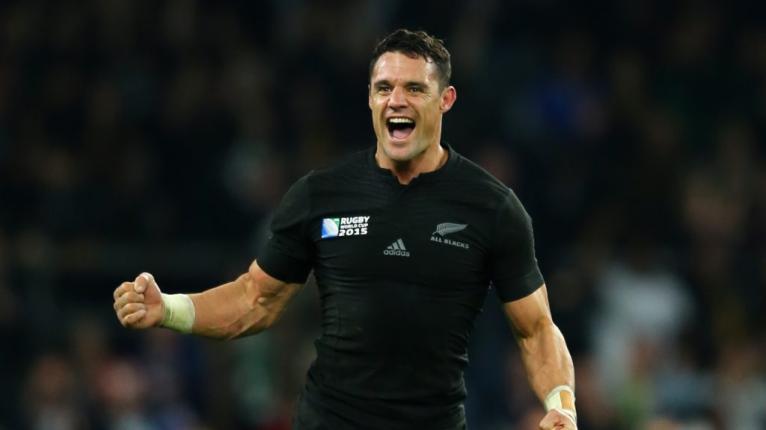
The perfect 10. Dan Carter finally retired in 2020 after a career that saw him become arguably the greatest fly-half of all time.
He was known for his incredible game management, kicking skills, smooth handling, and running ability.
Carter played the majority of his club career for the Crusaders, but he had stints over in France and Japan during the latter stages of his playing days.
The three-time World Rugby Player of the Year holds the record for the most international points scored of all time, as well as multiple other personal and team accolades.










































Comments on RugbyPass
It’s not up to Wales to support Georgian Rugby. That’s up to International Rugby and Georgia. I sympathise with Georgia’s decent attempt to create this fixture. But for Wales the proposed match up is just a potential stick to beat them with and a potential big psychological blow that young Welsh team doesn’t need. (I’m Irish BTW.)
2 Go to commentsCale certainly looks great in space, but as you say, he has struggled in contact. At 23 years old, turning 24 this year, he should be close to full physical maturity and yet there exists a considerable gap in the power and physicality required for international rugby. Weight doesn’t automatically equate to power and physicality either. Can he go from a player who’s being physically dominated in Super rugby to physically dominating in international rugby in 1 or 2 years? That’s a big ask but he may end up being a late bloomer.
24 Go to commentsIf rugby wants to remain interesting in the AI era then it will need to work on changing the rules. AI will reduce the tactical advantage of smart game plans, will neutralize primary attacking weapons, and will move rugby from a being a game of inches to a game of millimetres. It will be about sheer athleticism and technique,about avoiding mistakes, and about referees. Many fans will find that boring. The answer is to add creative degrees of freedom to the game. The 50-22 is an example. But we can have fun inventing others, like the right to add more players for X minutes per game, or the equivalent of the 2-point conversion in American football, the ability to call a 12-player scrum, etc. Not saying these are great ideas, but making the point that the more of these alternatives you allow, the less AI will be able to lock down high-probability strategies. This is not because AI does not have the compute power, but because it has more choices and has less data, or less-specific data. That will take time and debate, but big, positive and immediate impact could be in the area of ref/TMO assistance. The technology is easily good enough today to detect forward passes, not-straight lineouts, offside at breakdown/scrum/lineout, obstruction, early/late tackles, and a lot of other things. WR should be ultra aggressive in doing this, as it will really help in an area in which the game is really struggling. In the long run there needs to be substantial creativity applied to the rules. Without that AI (along with all of the pro innovations) will turn rugby into a bash fest.
24 Go to commentsSouth Africa rarely play Ireland and France on these tours. Mostly, England, Scotland and Wales. I wonder why
1 Go to commentsIt was a let’s-see-what-you're-made-of type of a game. The Bulls do look good when the opposition allows them to, but Munster shut them down, and they could not find a way through. Jake should be very worried about their chances in the competition.
2 Go to commentsHats off to Fabian for a very impressive journey to date. Is it as ‘uniquely unlikely’ as Rugby Pass suggests, given Anton Segner’s journey at the Blues?
1 Go to commentsSad that this was not confirmed. When administrators talk about expanding the game they evidently don’t include pathways to the top tier of rugby for teams outside of the old boys club. Rugby deserves better, and certainly Georgia does.
2 Go to commentsLions might take him on if they move on Van Rooyen but I doubt he will want to go back, might consider it a step backwards for himself. Sharks would take him on but if Plumtree goes on to win the challenge cup they will keep him on. Also sharks showing some promising signs recently. Stormers and Bulls are stable and Springboks are already filled up. Quality coach though, interesting to see where he ends up
1 Go to commentsAnd the person responsible for creating a culture of accountability is?
3 Go to commentsMore useless words from Ben Smith -Please get another team to write about. SA really dont need your input, it suck anyway.
264 Go to commentsThis disgraceful episode must result in management and coach team sackings. A new manager with worse results than previous and the coaching staff need to coached. Awful massacre led by donkeys.
1 Go to commentsInteresting article with one glaring mistake. This sentence: “And between the top four nations right now, Ireland, France, South Africa, and New Zealand…” should read: And between the top four nations right now, South Africa, Ireland, New Zealand and France…”. Get it right wistful thinkers, its not that hard.
24 Go to commentsHow did Penny get the gig anyway?
3 Go to commentsNice write up Nick and I would have agreed a week ago. However as you would know Cale & co got absolutely monstered by the Blues back row of Sotutu, Ioane and Papaliti and not all of these 3 are guaranteed a start in the Black jumper. He may need to put some kgs before stepping up, Spring tour? After the week end Joe will be a bit more restless. Will need to pick a mobile tough pack for Wales and hope England does the right thing and bashes the ABs. I like your last paragraph but I would bring Swinton, Hannigan into the 6 role and Bobby V to 8
24 Go to commentsThe Crusaders can still get in to the Play Off’s. The imminent return of outstanding captain Scott Barrett and his All Black team mate Codie Taylor will be a big boost.There are others like Tamaiti Williams too. Two home games coming up. Fellow Crusader fans get there and support these guys. I will be.
1 Go to commentsCant get more Wellington than Proctor.
2 Go to commentsWhy not let the media decide. Like how they choose the head coach. Like most of us we entrust the rugby system to choose. A rugby team includes the coaches. It's collective.
14 Go to commentsHi NIck, I have been very impressed with him and he seems a smart player who can see opportunities which Bobby V _(who must be an international 6_) doesn’t see or have the speed to take advantage of. If he continues to improve and puts on 5kgs then he could be a great 8. He is a bit taller than Keiran Reid at 1.93m and 111 kgs, so his skill set fits his body size and who knows where it will lead. I hope the spate of Achilles tendon issues have been dealt with by the S&C people. It’s been a very long time since Mark Loane and Kefu stood out at 8. The question is will we be able to hold onto him, if he does make it he will be pretty hot property. I disagree with the idea of letting them go to the Northern Hemisphere and then bring them back.
24 Go to commentsBilly Fulton 🤣🤣🤣🤣 garrrmon not even close
14 Go to commentsDoes the AI take into account refs? hahaha Seriously why not have two on field refs to avoid bias?
24 Go to comments